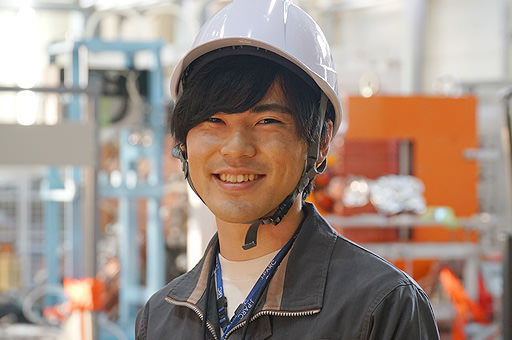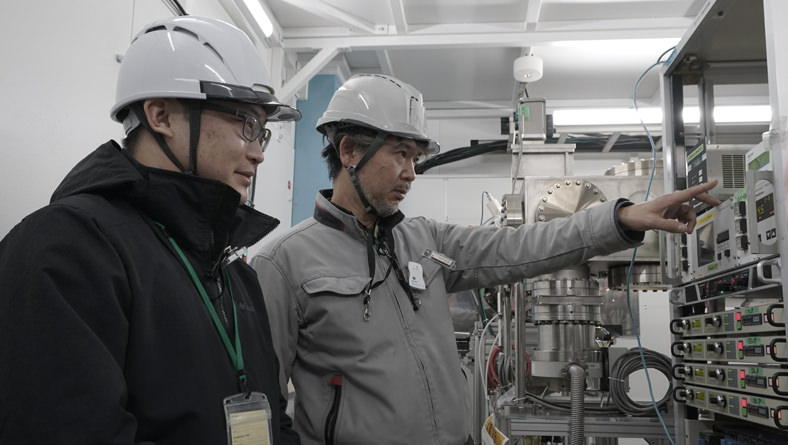overview
The standard model of elementary particles, which was built based on many experimental facts and mathematical consistency, is an extremely robust theory that quantitatively explains various phenomena in particle physics. On the other hand, recent research inevitably requires the existence of a new physical theory (new physics) beyond the Standard Model (SM). We aim to study the new physics by using muon’s anomalous magnetic moment (g-2) which can be calculated very precisely in the SM. Previous studies have suggested that the measured value is larger than the SM prediction. The importance of muon g-2 became even more prominent since the Fermi National Laboratory in the United States announced new measurements that the g-2 value was consistent with the previous experiments in April 2021.

We aim to perform ultra-precision measurements of g-2 and electric dipole moment (EDM) at J-PARC by using a new method completely different from the existing ones. We make the best use of the high-intensity proton beam and combine it with new experimental technology. We plan to realize the world’s first low emittance beam of positive muon by adopting muon cooling and acceleration technologies. This allows storing muons in a compact muon storage magnet that is one-twentieth the size of the storage magnet for BNL E821 and FNAL E989 experiments. The experimental method also includes new technologies such as a three-dimensional spiral injection, an MRI-type storage magnet with superb field uniformity, and a positron tracking detector. In this way, we will experimentally study the effect of new physics in g-2 as well as the breaking of the time-reversal symmetry in EDM.

Experimental principle
The muon beam is obtained by capturing and transporting muons generated by the decay of pions generated from the proton accelerator. Normally, the beam emittance greatly expands O(1,000 π mm · mrad) in this process, so it is not possible to obtain a high-brightness beam. We generate a low emittance O(1 πmm · mrad ) beam obtained by cooling and accelerating muons, which will drastically improve systematics uncertainties associated with the muon beam. In other words, such a beam allows us to realize high-efficiency injection to the storage magnetic field, elimination of an electric field for muon storage in the magnetic ring, high magnetic field uniformity, and complete reconstruction of the positron track. These will eliminate the sources of systematic uncertainties in the existing method. We are currently the only experiment that can independently test the results of the FNAL g-2 measurements.
Milestones and Schedule
The international collaboration has been preparing for the experiment aiming to start the experiment in the late 2020s. The experiment was proposed to the J-PARC program

advisory committee in 2009. A conceptual design report was prepared in 2012, followed by the submission of a technical design report in 2015. The technical design report was evaluated by an international review committee in 2016. With positive recommendations from the review committee and PAC, the experiment received the stage-2 status, a final stage of approval, from KEK in 2019.

So far, we have completed some major milestones, i.e. demonstration of efficient muonium production in vacuum for the cold muon source in 2014, demonstration of RF acceleration of muon with negative muonium irons in 2017, and the completion of surface muon beamline construction and its first beam delivery in 2022. We are manufacturing core experimental equipment such as a cooling muon source, muon acceleration cavities, beam injection beamline, magnetic field measuring devices, and a positron track detector. We plan to construct the facility and carry out step-by-step tests over the next couple of years.

Recruitment of collaborators
The international collaboration is currently looking for new collaborators to realize this precise measurement with accuracy exceeding the current limit and opening up the new world beyond the standard model. We are also looking for new ideas for making full use of our experimental technology and facility. Many of the collaborating institutes will be able to host graduate students to participate in the experiment. Please contact us if you are interested.

- TOP
- Overview
